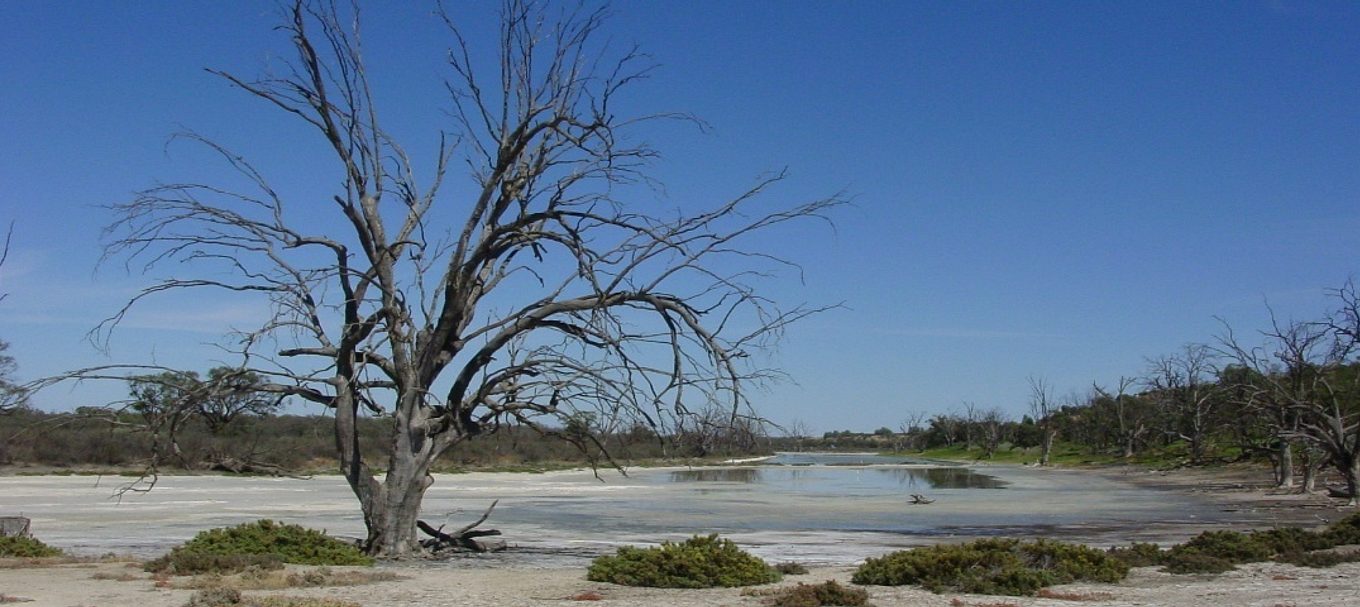
Salinity in the Murray-Darling Basin
Salinity is a word that gets bandied about all the time when people discuss our rivers and waterways. But what is it? And what does it mean for the Murray-Darling Basin’s future?
In a nutshell, salinity is the salt content in water or soil. A certain amount is fine, but too much can be dangerous to most animals, plants and humans.
Salt leaves the Basin by flowing down the river and out through the Murray Mouth into the ocean, or is prevented from reaching the river in the first place by a salt interception scheme.
What increases salinity?
Clearance of native plants and drainage from irrigation, which adds water to salty groundwater aquifers, contribute to the elevation of salinity in the River Murray.
Another factor is the combination of low rainfall or flow in the river, as is common in parts of the Basin, and high evaporation that leaves salt behind in the top layers of the soil. This is a problem particularly on floodplains.
How does salinity affect us?
- Salinity levels that are too high in soil and water can cause native vegetation to decline in health or die off like we have seen in the floodplains along the River Murray and in the Lower Lakes and Coorong.
- An excess amount of salt in the water can potentially render it unusable for human or animal consumption.
- Agriculture also suffers at the hands of salinity through a reduction in the yields of crops with low tolerance to salt.
- There are also flow-on (no pun intended) effects, such as the costs of extra water treatment, and repairing machinery and infrastructure that has been damaged by corrosion.
What’s being done?
Actions are being taken to try and reduce the effects of salinity on the Basin. These include introducing more efficient ways of irrigating, returning more water to the environment and operating salt interception schemes.
Salt interception schemes pump saline groundwater into salt management basins. The water slowly evaporates, concentrating the salt or gradually leaking it back into the groundwater systems. There are 18 of these schemes which move around half a million tonnes of salt away from the River Murray each year.
In good news for the Basin’s long-term health, the Murray-Darling Basin Ministerial Council, a group of ministers from each of the Basin states plus the ACT and the Commonwealth, recently agreed to adopt the new Basin Salinity Management 2030 Strategy.
This plan to tackle salinity in the river is the most significant agreement since the Basin Plan 2012 and will breathe new life into salt management in the Murray-Darling Basin.





